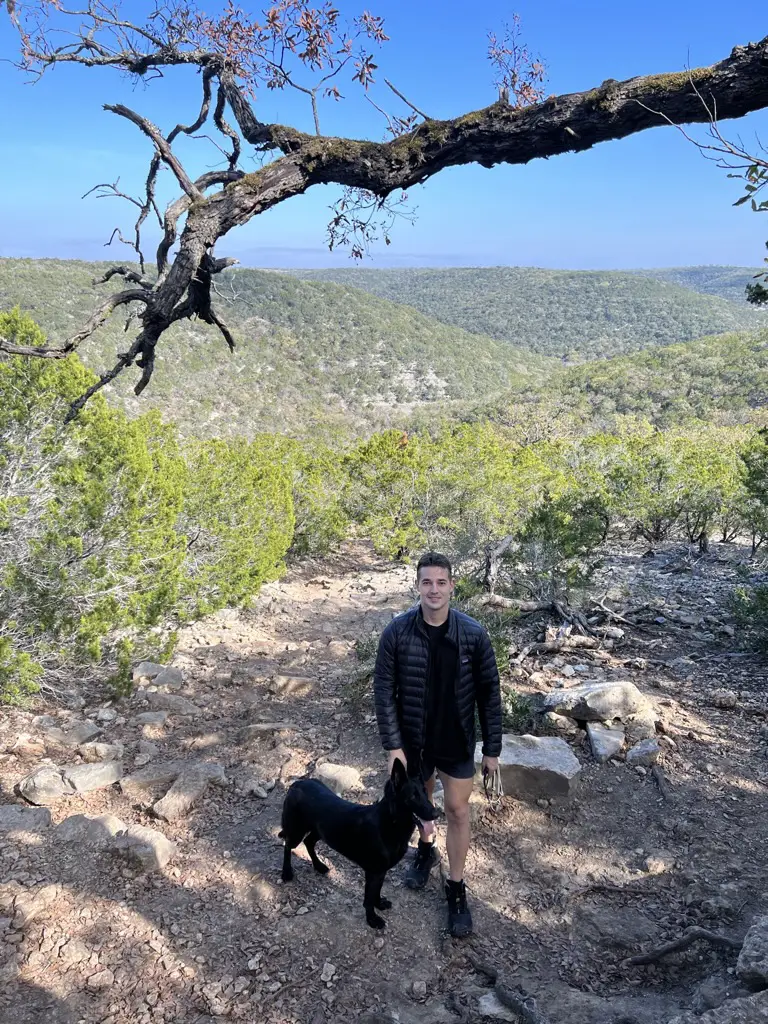We strive to provide you with authoritative, trustworthy, and expert advice. In doing so, the staff at texaswalkabout.com performs extensive research, editing, and fact checking to every post on this webiste. If you feel that this article can improve, please feel free to reach us at staff@texaswalkabout.com
Tornadoes are a well-known weather phenomenon in Texas. Although Austin is not located in the heart of Tornado Alley, it is still susceptible to these powerful storms.
In this blog post, we’ll explore the frequency and impact of tornadoes in Austin, Texas, as well as the potential risks that residents and visitors should be aware of.
Tornado Frequency in Austin
Travis County, where Austin is located, has experienced 62 tornadoes in the 60-year period between 1950 and 2011[7].
While this averages to about one tornado per year, the actual frequency can vary greatly, with some years experiencing no tornadoes and others having multiple tornadoes[7].
More recent data indicates that Austin is at high risk for tornadoes, with an average of two tornadoes per year[8, 9]. The largest tornado to hit the area was an F4 in 1997, which caused one death and five injuries[9].
Tornado Season in Austin
Tornadoes in Texas are most common during spring and early summer, particularly from March to June[1]. However, they can occur at any time of the year, as evidenced by the outbreak of tornadoes in Central Texas in March 2022[2].
It’s essential to be prepared for the possibility of tornadoes during any season, especially if you live in or plan to visit a high-risk area.
Risks Associated with Tornadoes
While tornadoes can cause significant destruction and loss of life, the risks associated with these storms go beyond just the wind damage. Tornadoes can also bring heavy rain, hail, and strong winds, which can lead to flooding, property damage, and power outages[6].
Furthermore, hurricanes can impact Austin indirectly, as these storms can produce flooding, hail, strong winds, and tornadoes as they move inland[6]. Although Austin is not directly in the path of hurricanes, the city can still experience severe weather conditions related to these powerful storms.
How to Stay Safe During Tornado Season
If you live in Austin or plan to visit the area during tornado season, it’s crucial to be prepared and stay informed. Here are some tips to help you stay safe:
- Stay informed: Keep an eye on the local weather forecast, especially during tornado season. Pay attention to tornado watches and warnings issued by the National Weather Service.
- Have a plan: Develop a tornado safety plan for your home, workplace, or any other location where you spend a significant amount of time. This plan should include identifying a safe room or shelter, such as a basement, interior room, or storm cellar, where you can take cover during a tornado.
- Assemble an emergency kit: Prepare an emergency kit that includes essential items such as a battery-powered weather radio, flashlight, batteries, first aid kit, non-perishable food, bottled water, and any necessary medications. Keep this kit in your safe room or shelter for easy access during an emergency.
- Sign up for emergency alerts: Many communities offer emergency alert systems that can send notifications to your phone or email about severe weather events, including tornadoes. Sign up for these alerts to receive up-to-date information about potential threats in your area.
- Know the difference between a tornado watch and a tornado warning: A tornado watch means that conditions are favorable for tornadoes to develop, while a tornado warning indicates that a tornado has been spotted or is imminent. If a tornado warning is issued for your area, take immediate action to seek shelter in your safe room or designated location.
- Practice your safety plan: Regularly review and practice your tornado safety plan with your family or co-workers to ensure that everyone knows what to do in the event of a tornado.
- Secure outdoor items: During tornado season, secure or bring inside any outdoor items that could become airborne during a storm, such as patio furniture, trash cans, and grills.
- Consider installing a storm shelter: If you live in an area at high risk for tornadoes, consider installing a storm shelter or safe room in your home. These structures are specifically designed to protect you and your family from the destructive force of a tornado.
Final Thoughts
In conclusion, while Austin, Texas, does experience tornadoes, being prepared and staying informed can help minimize the risks associated with these powerful storms.
By following the safety tips outlined above, you can protect yourself, your family, and your property during tornado season. Stay vigilant, have a plan in place, and always be ready to take action if a tornado threatens your area.

Robert is a native Texan writer for TexasWalkabout, passionate about Texas culture and food, wearing cowboy boots daily. He interviews local pitmasters and chefs, tastes and reviews innovative dishes, and explores hidden gems and iconic landmarks. Graduating magna cum laude in Cyber Security from the University of Texas at San Antonio, Robert excels academically and professionally while also being knowledgeable in Texas history and culture. After living in Texas for over 28 years, he provides first-hand and trustworthy information for all your Texas needs!
